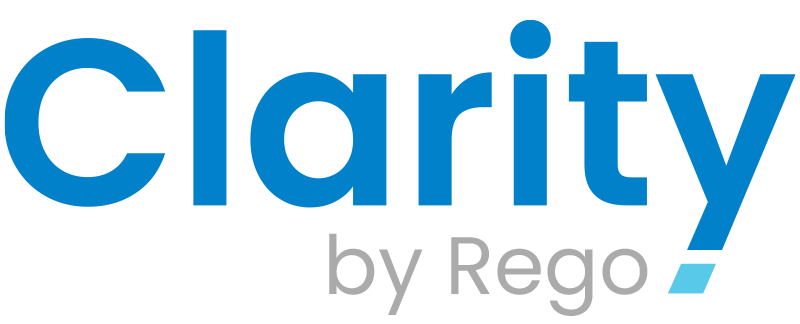by Clarity by Rego
Share

Over the past few years, many organizations have been adopting Lean Portfolio Management, the methodology that applies Lean and Systems thinking approaches to strategy and investment funding, Agile portfolio operations, and governance. You may have wondered if this practice could help your organization, especially during the challenges of the annual planning process.
 It’s no secret that Agile methods have gained significant momentum, and in fact, you may have one or more departments already using Agile with great success. Traditional PPM practices and principles weren’t necessarily designed for how fast companies need to act in order to keep pace with constant changes in the global economy, digital innovation, and buyer demands. Today, enterprises face a much higher degree of uncertainty and are tasked with delivering value to customers in faster, more innovative ways.
It’s no secret that Agile methods have gained significant momentum, and in fact, you may have one or more departments already using Agile with great success. Traditional PPM practices and principles weren’t necessarily designed for how fast companies need to act in order to keep pace with constant changes in the global economy, digital innovation, and buyer demands. Today, enterprises face a much higher degree of uncertainty and are tasked with delivering value to customers in faster, more innovative ways.
At its core, Lean Portfolio Management involves the application of “Lean Thinking,” or, to put it simply, cutting down on waste and prioritizing high-value work. This isn’t to say that traditional PPM doesn’t prioritize valuable work. Actually, despite massive market shifts, many organizations have retained their legacy portfolio practices. The following chart from Scaled Agile, Inc. gives you a brief overview of traditional versus Lean approaches.1
| Traditional Approach | Lean-Agile Approach |
|---|---|
| People organized in functional silos and temporary project teams |
People organized value streams/ARTs; continuous value flow |
| Fund projects and project-cost accounting | Fund value streams, lean budgets and guardrails |
| Big up-front, top-down, annual planning and budgeting |
Value stream budgets adjusted dynamically; participatory budgeting |
| Centralized, unlimited work intake; project overload |
Strategic demand managed by portfolio Kanban; decentralized intake by value streams and ARTs |
| Overly detailed business cases based on speculative ROI |
Lean business cases with MVP, business outcome hypothesis, agile forecasting and estimating |
| Projects governed by phase gates; waterfall milestones, progress measured by task completion |
Products and services governed by self- managing ARTs; objective measures and milestones based on working solutions |
1https://www.scaledagileframework.com/lean-portfolio-management/
There are several areas where adopting a Lean Agile mindset and approach can provide significant benefits. The annual budgeting process is at the top of that list. One of the biggest differences between Lean Portfolio Management and traditional PPM is the way finances are analyzed, tracked, and governed.
Traditional portfolio management relies heavily on annual budget planning. However, if the last few years have shown us anything, the start of a fiscal year can look drastically different than the end. A Lean Agile model takes a far more flexible approach where value-stream budgets are regularly realigned in real-time with customer changes, industry changes, and market changes. As a result, teams are better prepared to respond rapidly to change and better deliver ROI.

Lean Portfolio Management can transform your financial planning process from a less effective annual budgeting season into a more streamlined continuous cycle. Here are five improvements that can be realized by incorporating Lean Agile thinking into your organization’s financial planning:
1 – More Accurate Forecasting
Compare the beginning of the 2020 with the end. The whole world changed in a matter of months – and every industry along with it. Lean Portfolio Management foregoes the annual budgeting process for a much more flexible, real-time approach that factors in changing market conditions and evolving customer requirements to deliver value. This also helps organizations pivot quickly.
2 – Higher Value Placed on MVPs
Typically, annual planning and budgeting relies on creating very detail-intense business cases with speculative ROI which may or may not be relevant in just a matter of months. Lean Portfolio Management, first and foremost, identifies the money we are losing now by focusing on the Cost of Delay. Also, instead of completion of large projects that have mixed economic value, it focuses on identifying the bare minimum organizations can put out to get value. This Minimum Viable Product (MVP) lets us get value out into the market faster and get feedback from our customers much sooner.
3 – Product Versus Project
Conventionally, funds and resources are allocated on a project basis, which means budgets are locked in and people get shuffled around to different teams based on individual skillsets. This slows down delivery of value as teams are constantly being formed and broken up. Instead, a product focus includes the people, processes, and steps needed to create customer value and looks well beyond the finite scope of a given project. Teams are usually kept intact, iteration cycles are shorter, customer value is created faster, and organizations are able to generate a higher ROI.
4 – Decentralized Decision Making
Traditionally, the power to make funding decisions has resided with a few executives or the project management office. These few individuals would have teams gather requirements and make plans for projects that may not even start for months – and could even prove irrelevant in the interim! Lean Portfolio Management relies on participatory budgeting with input from fiduciaries, stakeholders, and business owners and funding primarily follows value as it is created, developed, and analyzed. Guardrails are then put in place to define spending policies, guidelines, and practices.
5 – Focus on Customer Pull
When budgeting and planning are done on a strictly annual basis, there’s little room to react to changing customer demand. As a result, unnecessary overhead, surplus inventory, and budgeting losses are common problems. A core Lean principle is creating and responding to customer pull which is greatly enhanced when planning and budgeting have the flexibility and agility to mirror changes in the market and constrain focus on the goods and services with the highest customer value.
STAY IN THE LOOP
Get Notified of Updates.
Stay ahead of the curve by subscribing to our newsletter. Get the latest insights, strategies, and tools delivered straight to your inbox, and empower your business to achieve more.

